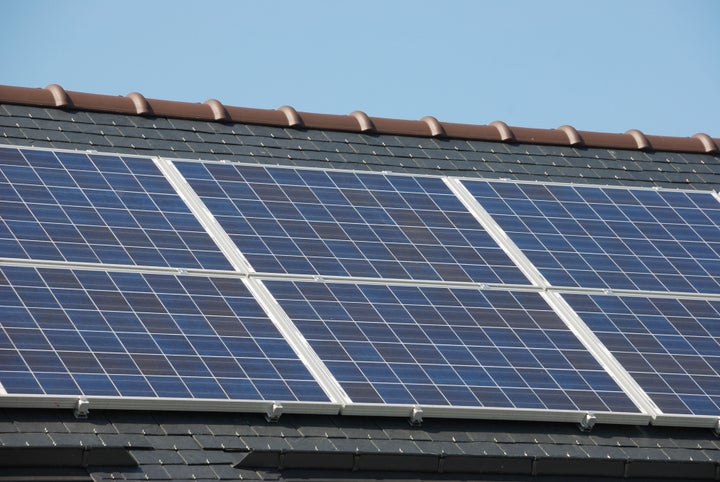
By Nancy Pfund, Founder & Managing Partner, DBL Investors and Benjamin Healey, Research Affiliate, Yale Center for Business and the Environment
The collapse this past August of Solyndra, a California solar panel manufacturer backed with $500 million in federal loan guarantees, has sparked loud and ongoing complaints over renewable energy subsidies. "It is not the role of government to pick winners and losers," said House Energy and Commerce Committee Chairman, Fred Upton, in a September statement. "Let's learn the lessons of Solyndra before another dollar goes out the door."
But these complaints, and the related calls for free market ascendance, ignore the basic historical fact that energy subsidies have been both a constant in the American narrative and essential to our country's economic development.
After undertaking a first-of-its-kind analysis of U.S. energy incentives since our country's founding, we discovered two critical patterns: first, every great expansion of the American economy can be linked to the discovery of a new energy source. Second, each of these new energy industries received substantial government support at a pivotal time in its early growth.
What's more, on an inflation-adjusted basis, the subsidies for "traditional" energy sources in their early days -- coal, oil, gas and nuclear -- far surpassed what we are spending on renewable energies today.
During the key growth years of what would become our modern oil and gas industries, tax expenditures on behalf of producers averaged the equivalent of five percent of the federal budget. By contrast, the current support for renewables is barely a fifth that size, comprising less than one percent of federal spending.
Quantified another way, factoring in inflation, $1.8 billion per year was spent on subsidies during the early years of the modern oil and gas industries, compared to just $400 million annually for renewables.
Over the full lifetime of subsidies, the oil and gas industry has benefitted from tax expenditures of, on average, $4.86 billion per year between 1918 and 2009. The renewables industry has received an average of only $0.37 billion per year between 1994 and 2009.
It is a simple and straightforward falsehood when established energy industries or special interests describe renewables as sops for federal money. Rather, the renewables industry is getting relatively less government help, not more, than traditional competitors.
Additionally, disappointments like Solyndra must be kept in perspective. For every successful 19th-century coal operation, dozens, perhaps even hundreds of projects collapsed in bankruptcy. Looking at the solar industry, several companies have received the same loan guarantees as Solyndra, but they are not making news: rather, they are well-managed companies that are growing and quietly creating jobs across the country.
Finally, it is important to note that early energy subsidies for coal, oil and gas were never phased out, even as those energy sources matured. The existence of these subsidies (for in some cases over a century) makes the competitive landscape look less like a level playing field and more like a black diamond ski slope for renewables. It also means that those who call for an end to ALL subsidies may end up with a surprising outcome: in many regards, the profitability of these industries has risen and remains elevated upon the backs of taxpayers.
The coal industry, for example, has received help from subsidies - often hidden - for centuries, beginning with an import tariff levied in 1789 and continuing through to preferential capital gains tax treatment enacted during the Korean War -- a subsidy that remains in place today.
Our aim here is not to criticize support for coal or oil or gas, but, instead, to raise awareness around the critical and historically consistent need for federal investments in the energy sector. Time and again, this kind of investment has benefitted society with large returns down the road.
Calls for an end to renewable subsidies ignore the lessons of American history. It has long been, and should continue to be, the case that government investment supports the growth of emerging energy sources. History teaches that such support helps drive U.S. technology innovation, job creation and economic expansion.
A webinar on this topic featuring the two authors will take place December 22, from 12:00 -1:00 p.m. (EST). Click here for more information and to register. Follow the Yale Center for Business and the Environment RSS Feed for future updates and news.